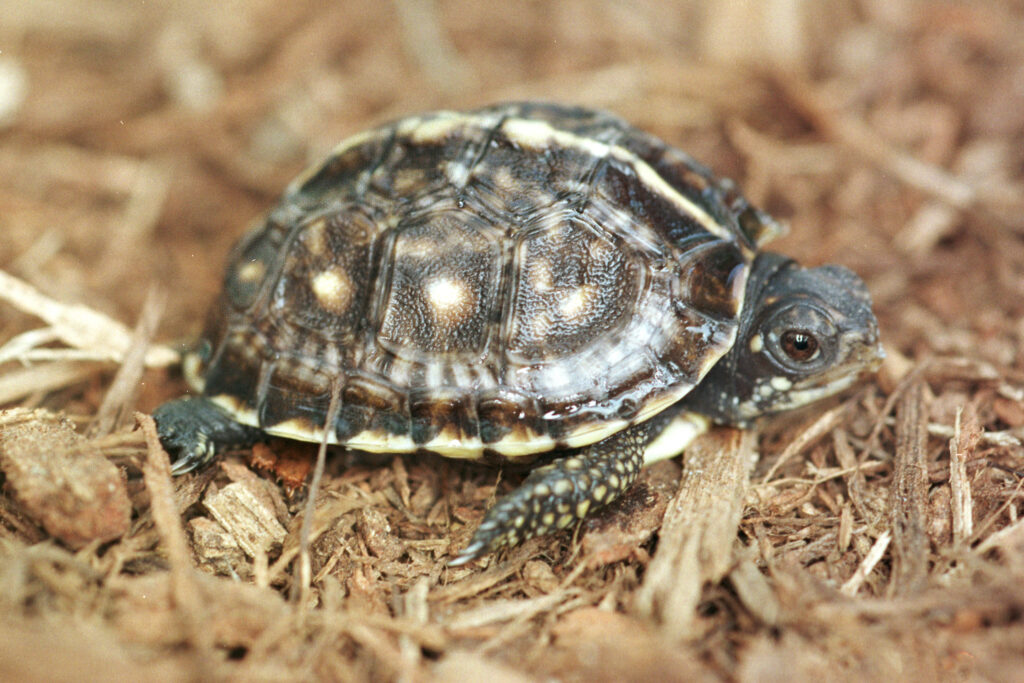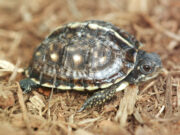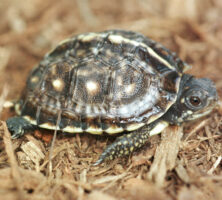In 1951 Eugene Odum, a professor at the University of Georgia, contracted with the U.S. Atomic Energy Commission to conduct ecological research on the Savannah River Site, a 300-square-mile nuclear production facility located in Aiken, South Carolina, just over the Georgia border (approximately twenty miles from Augusta). Odum and his students studied the ecosystems of the Savannah River Site and in the process set the stage for the establishment of a permanent on-site laboratory in 1961—the Savannah River Ecology Laboratory.
Because ecological research at the laboratory has been funded continuously since the 1950s, the Savannah River Site is one of the best-understood land areas in the world. Hundreds of graduate theses, thousands of scientific papers, and numerous books have been published as a result of this work. Students have come from all fifty states and abroad to study at the laboratory. About 150 people are employed at the lab, which has a total annual budget of more than $8 million.
Work at the Savannah River Ecology Laboratory has focused on the ecological effects of nuclear production activities as well as the basic ecology of the site. Early studies were conducted on the effects of radiation on ecosystems and on movement of radioisotopes in these systems. A dominant research theme of the 1970s and 1980s was “thermal ecology,” the study of the ecological effects of hot water effluents from nuclear reactors. Later studies have focused on biogeochemical ecology and restoration of contaminated sites. The studies that have been concerned with basic ecology have tended to focus on the field biology of individual plant and animal species and on old-field succession (the establishment of plants on abandoned cropland). Organisms from the microfauna of grassland and forest soils to bobcats and feral hogs have undergone close scrutiny. The successional studies are unusual because they have been carried out in the same area for half a century. These long-term studies have revealed that there is considerable temporal variation in ecosystems.

Image from Stannatsw






